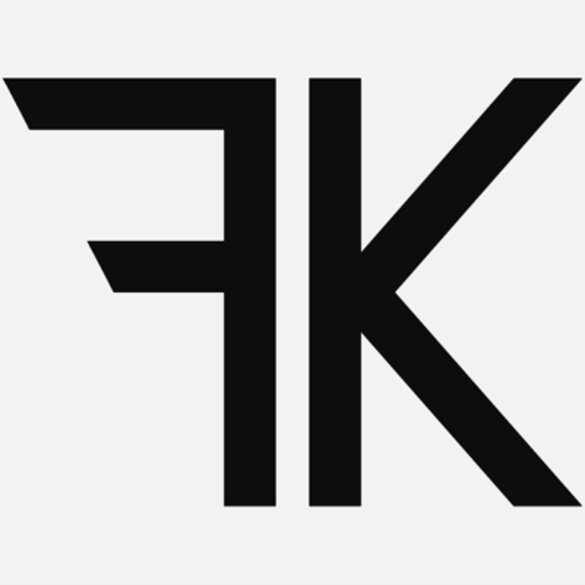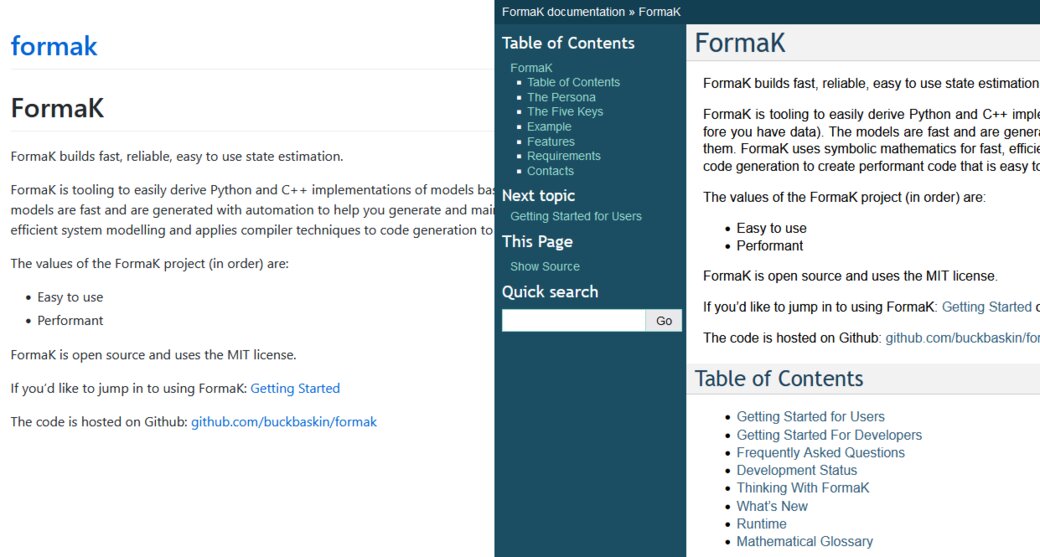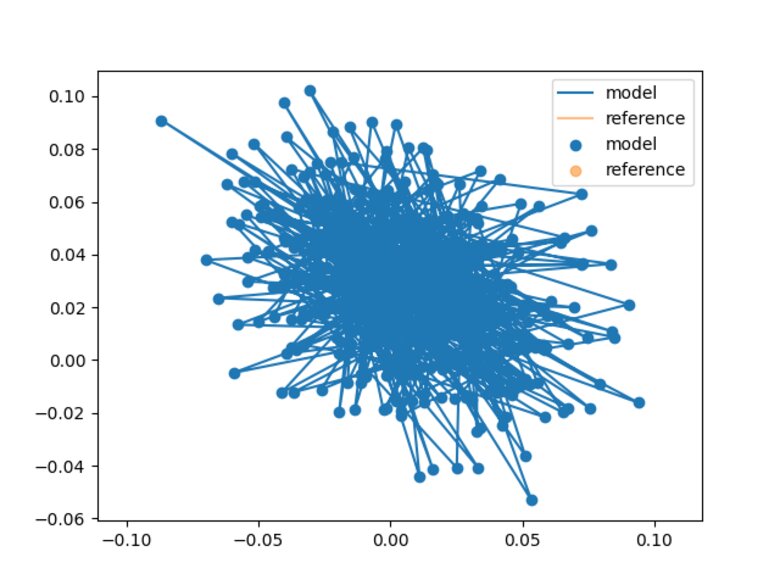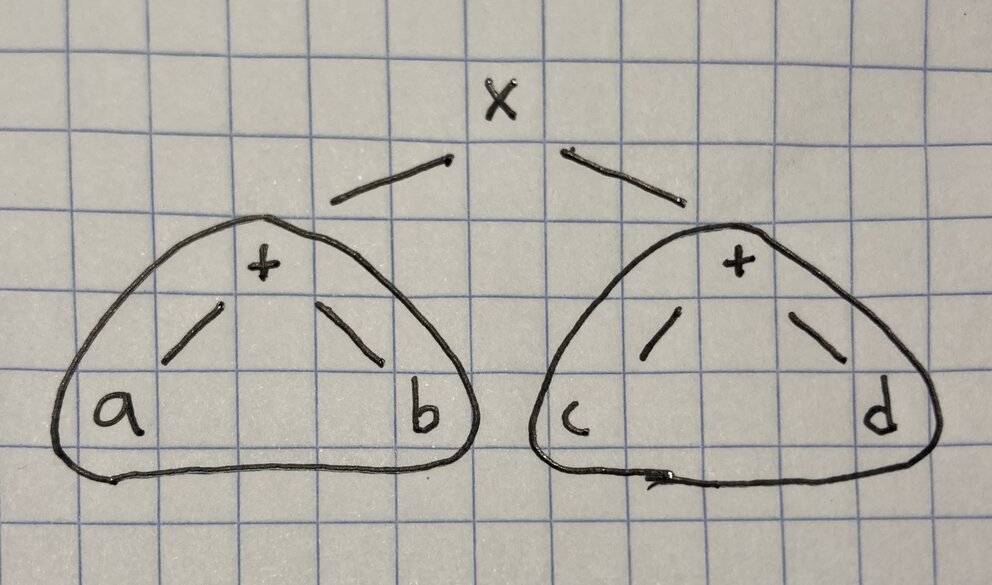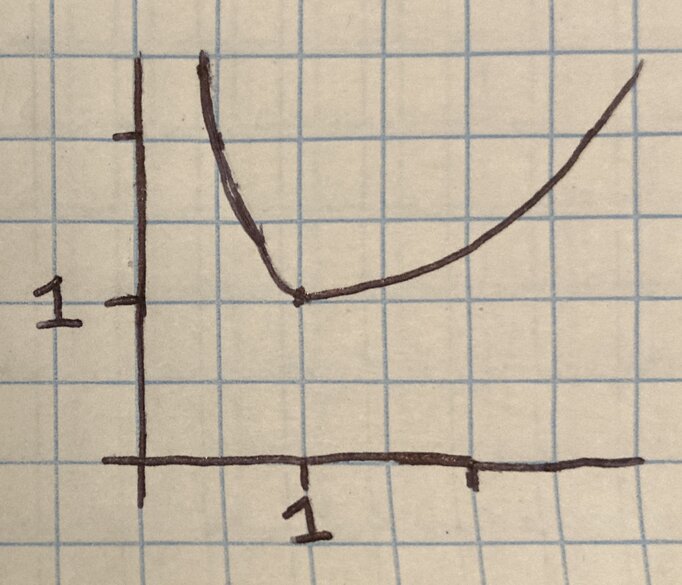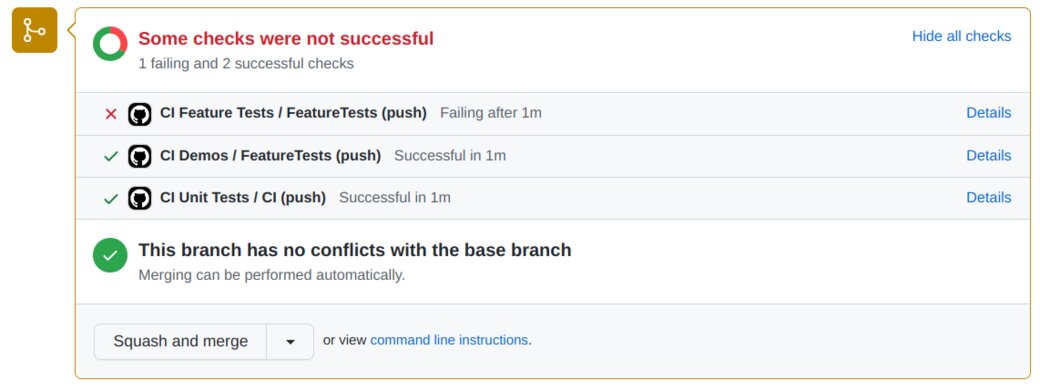Design Driven Design builds feedback loops that allow for continuous improvements to open source projects during each pull request. The loops are: Design Writing informs Feature Testing which in turn informs the Design, Feature Testing informs Unit Testing which in turn informs the Feature Testing, Unit Testing informs Design Writing which in turn informs the Unit Testing. These loops form seams for collaboration across partners or for self-re-evaluation at mindful points in the process to maximize success.
Design Driven Design Building
